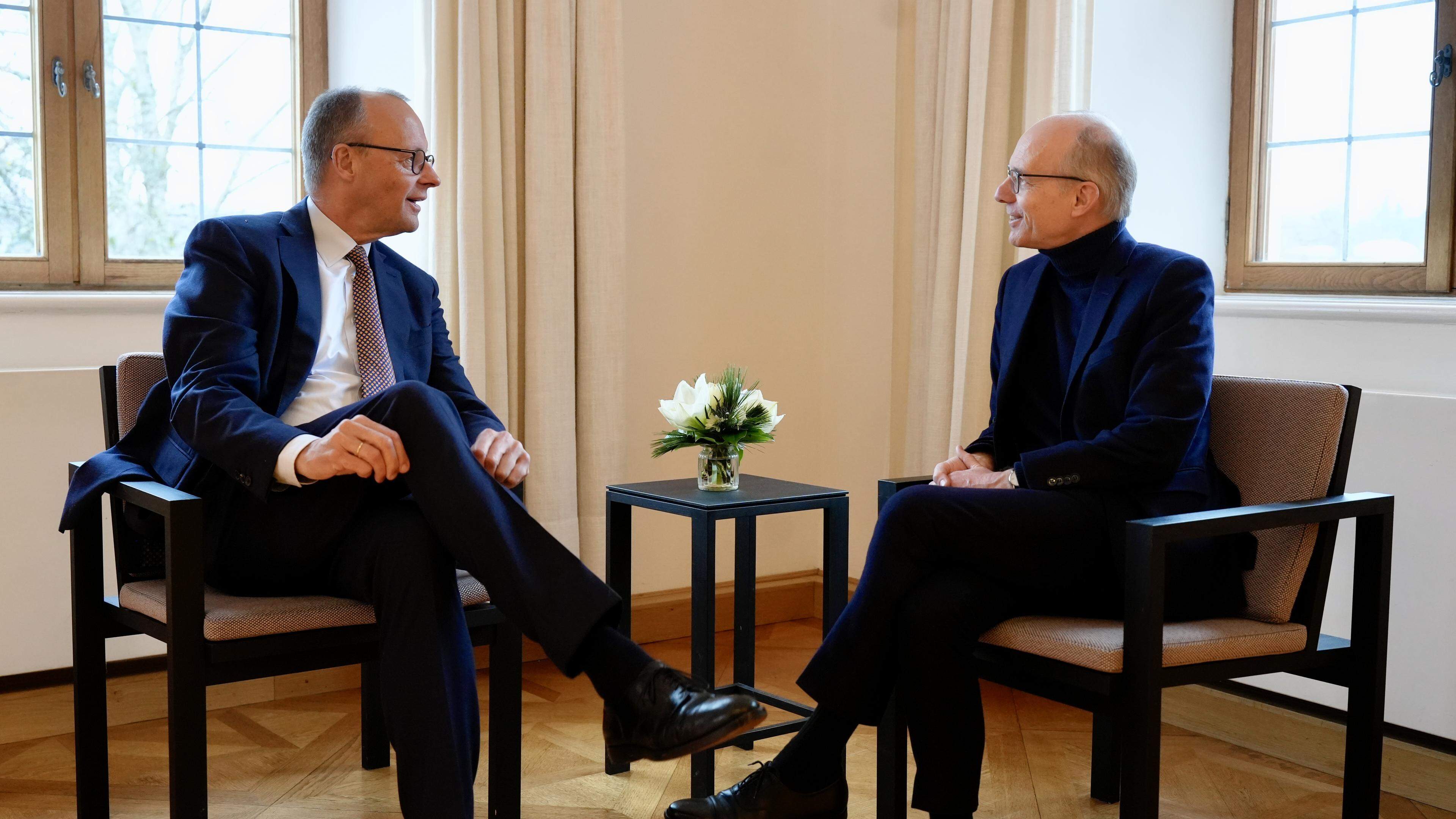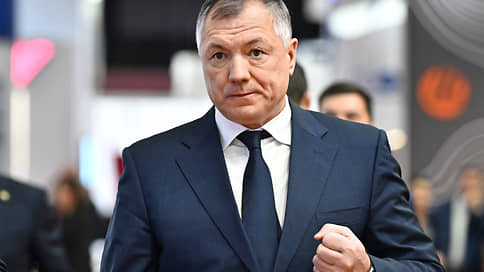Reports of an endless nightmare in the ‘Riviera do Middle East’

The clippings that come to us from the reality of Gaza – images, videos, reports and social networks – show that in your horizon there are shades of gray and black, powder, smoke, fear. The streets, or what remains of them, are painted aggressively, daily, with explosions behind expulsions, bombing behind bombing, killed behind the dead. There are rubble everywhere, and everywhere there are fragments of a past life that, if it was already difficult, is now infernal. The Gaza Strip is still far from being a “Middle East Riviera,” as the US President of America said, Donald Trump, and in the middle there is death, chaos and thousands of malnourished Palestinian children and at risk of life for extreme hunger and disease.
Gaza, a riviera of wreckage
It is difficult to know the detail of everyday life within the Gaza Strip. Israel forbade any international reporter from covering the war. The Israeli Supreme Court postponed, for the third time, a hearing on the petition of the Foreign Press Association in Israel and Palestinian (FPA) territories to prevent independent journalists from the Enclave. Those who are there, Palestinians, are few, are being killed. According to the latest figures advanced by the Gaza Government Press Office, under the control of Hamas, there are a total of 221, the number of reporters who died at the Palestinian enclave, since October 7, 2023. At the same time, Ajith Sunghay, director of the High Commissioner for Human Rights (UNUDH), a UN Cell, also May, which At least 209 journalists have lost their lives since the Israeli offensive. The numbers of mortal, injured and displaced victims that frighten anyone, are always estimates, the reports that come to us are always incomplete, the information is always scarce, almost never true to the reality of those who live there, almost never enough to report to the world the stories and experiences of an endless war. The last balance sheets of the Ministry of Health, in late May, raise to more than 53,900 the number of people killed in Gaza.
Where is the food? Where are the medicines?
On May 28, the distress spoke louder. It was one of the most shocking moments of recent days, shared on social networks and media, which gives us clues to how extreme hunger spreads more and more at the enclave: hundreds, perhaps thousands, of Palestinians have invaded a UN food warehouse, located in downtown Gaza in Deir al-Balah. In filmed and shared videos, you hear screams of despair, you see people breaking the metal walls of the structure, and many trying to get into as much food as possible with white buckets. In the middle of the confusion, four people died: two were crushed by the crowd in distress, while the other two died shot, according to local hospital authorities. The United Nations accuse Israel of reaching the crowd. But where is food and humanitarian aid to the more than two million Palestinians?
Humanitarian aid in miss
It was almost three months the time Israel barred humanitarian aid to the enclave since early March. Now, at the end of May, a few dozens of trucks were able to enter Gaza through the Kem Shalom pass, Jens Laerke said, a United Nations Cabinet spokesman for the Coordination of Humanitarian Affairs in Geneva, Switzerland. Of the total, 90 will have been collected by associations and organizations, so that food and medicines are distributed among civilians. This weekend, however, thousands of hungry Palestinians blocked and unloaded 77 food trucks, reported the United Nations World Food Program (PAM) on Saturday. Still, not only the amount of help remains little, but its distribution faces difficulties. « Significant challenges persist in loading and distribution of load due to insecurity, the risk of piles and routes provided by Israelite forces, which are inadequate for load movement, » Laerke said. The ‘green light’ given by the Israeli Prime Minister to resume food and medicine deliveries in Gaza did not come, however, by goodwill, but for international pressure. According to Benjamin Netanyahu himself, the entry of food was only possible following the pressure exerted by their allies, who said they could not support a new military offensive from Israel in Gaza, announced by the middle of May, if there are « hungry images » in Palestine. « On the recommendation of IDF and the operational needs of allowing intense combat to defeat Hamas, Israel will allow a basic amount of food for the population, to ensure that a hunger crisis in the gaza strip is not developed, » reads a statement of his cabinet, quoted by Reuters.
Hell reports in the first person
On the same day the Palestinians robbed the food warehouse, Feroze Sidhwa, a US surgeon who worked in the south of the Gaza Strip, between March and April this year, at Kahn Youis hospital, gave a statement during the UN Security Council. He reported this: « I have not seen or dealt with a single Hamas combatant in the five weeks I was there, my patients were six -year -olds, with shrapnel and bullets in the brains. » In addition to wounds in the body, the doctor also refers to another type of damage, deeper, born in the ridges of despair. “The children asked me:« Why did I not die with my sister, mother and father? » Not out of extremism, but for the unbearable mourning they were feeling. I ask if any member of this council has already met any five -year -old child who no longer wants to live. Already to journalists of ABC NewsAfter the hearing, Feroze Sidhwa criticized the central role that the US government has in this war. « It’s devastating what I’ve seen there, but it’s even worse, as a US citizen, my own government is funding and stimulating it. »
Another remarkable moment during the UN Security Council involved the Palestinian ambassador to the United Nations Riyad Mansour who, in the face of shocking images of extreme hunger in Gaza, could not hold back anger and tears while speaking. « Thousands of children are starving. The images of mothers to embrace their immovable bodies, caress their hair, talk to them and apologize. It’s unbearable. How could this happen? » He questioned Mansour, thrilled, talking about the Palestinian children.
Dead children
According to the Director-General of the United Nations Children’s Fund (UNICEF) for the Middle East and North Africa, Edouard Beigber, more than 50,000 Palestinian children may have been killed or injured since the Israeli offensive. “How many more children’s bodies will be needed? What level of horror is it necessary to transmit live until the international community acts, use their influence and take bold and decisive measures to end this relentless massacre of children?” Asked the UN official, adding that at least since March 18 this year-the day that Israel broke out the ceasefire with Hamas, which had been in force since January, 1,309 children and another 3,738 died. They were injured. « On Friday, we saw videos of the burnt and dismembered bodies of the children of the family Al Najar while they were taken from the rubble of their house in Khan Yunis. Of ten brothers under 12, only one survived, suffering serious injuries, » said Beigber, who referred to the death of the nine children of a Palestinian doctor, Hamdi Al-Najjar, in a bombing that reached the health professional.
These are some of the reports, fragments and clippings that come to us from the Gaza Strip, those who live there and those who still try to breathe there, and resist.





:format(jpeg):fill(f8f8f8,true)/s3/static.nrc.nl/taxonomy/bf9b707-commentaar-itemafbeelding-2024.png)

